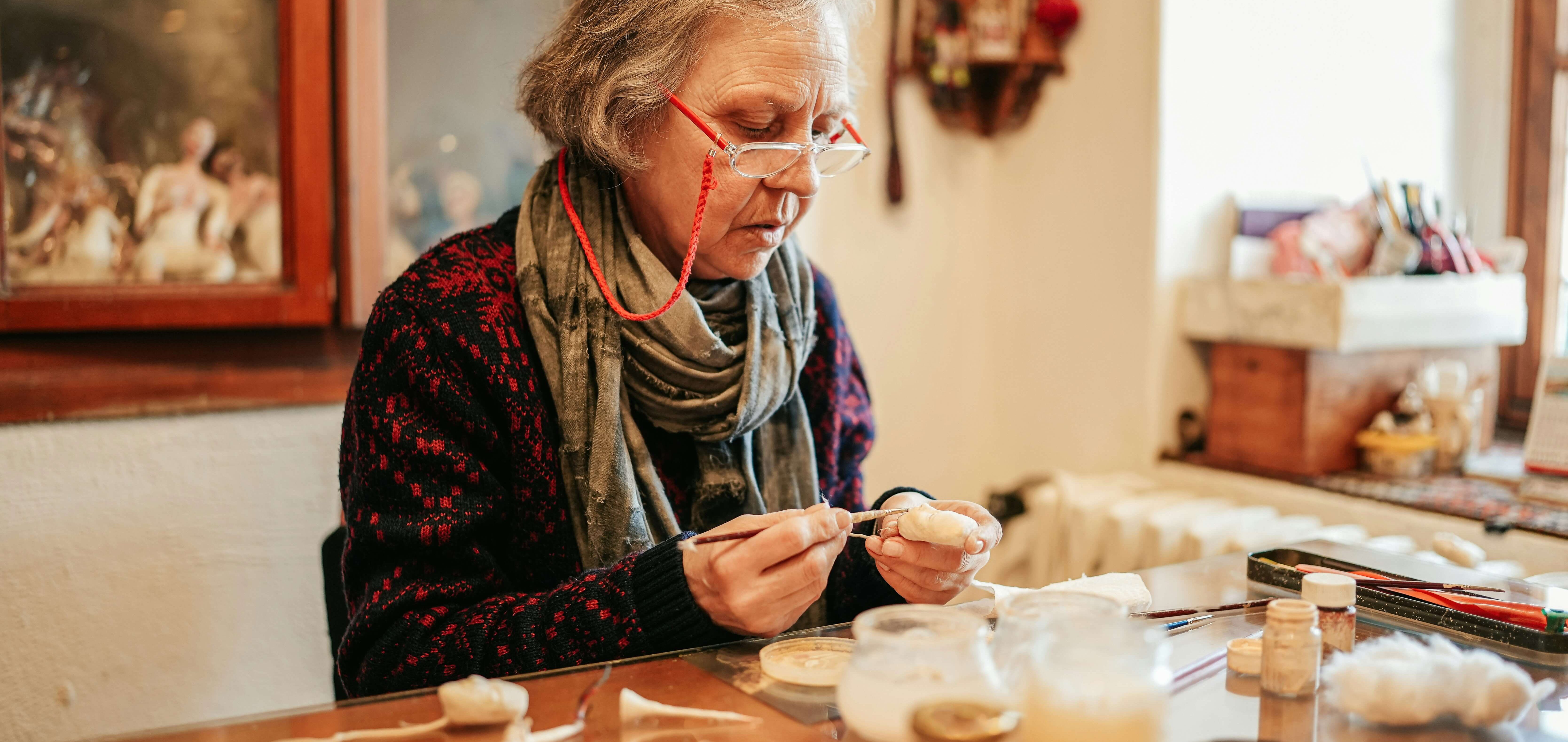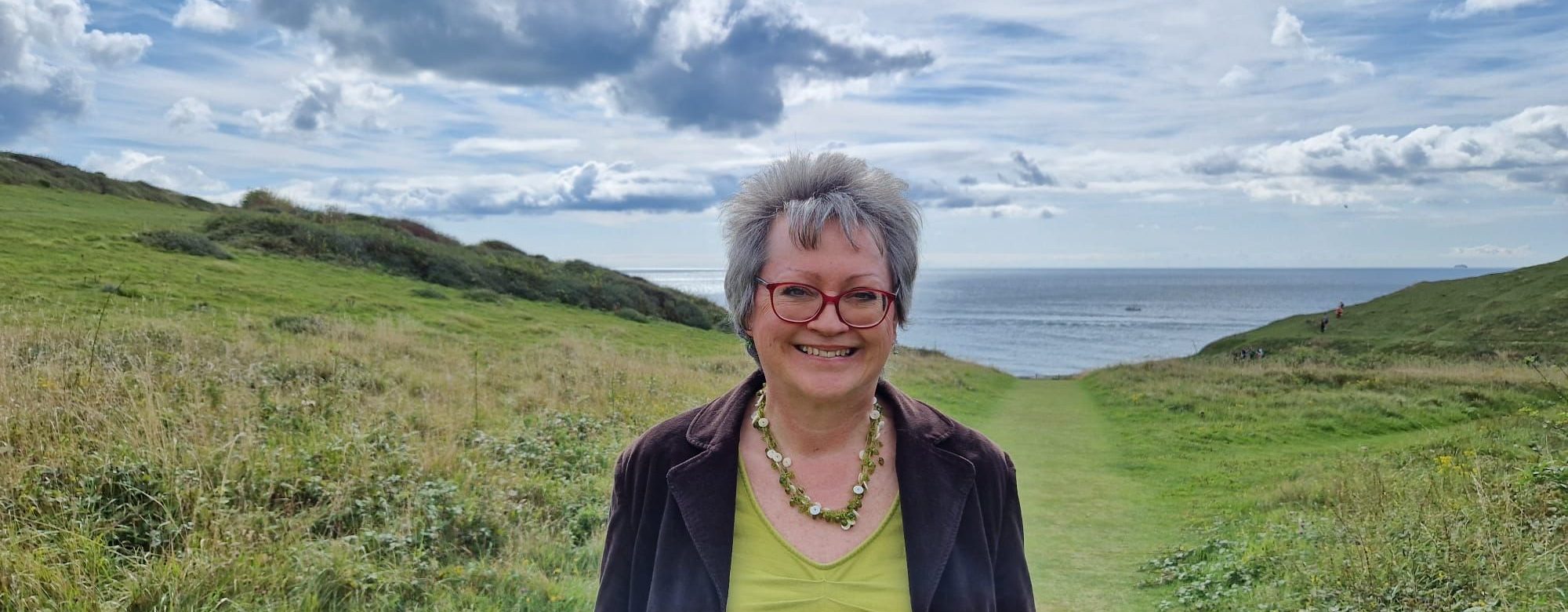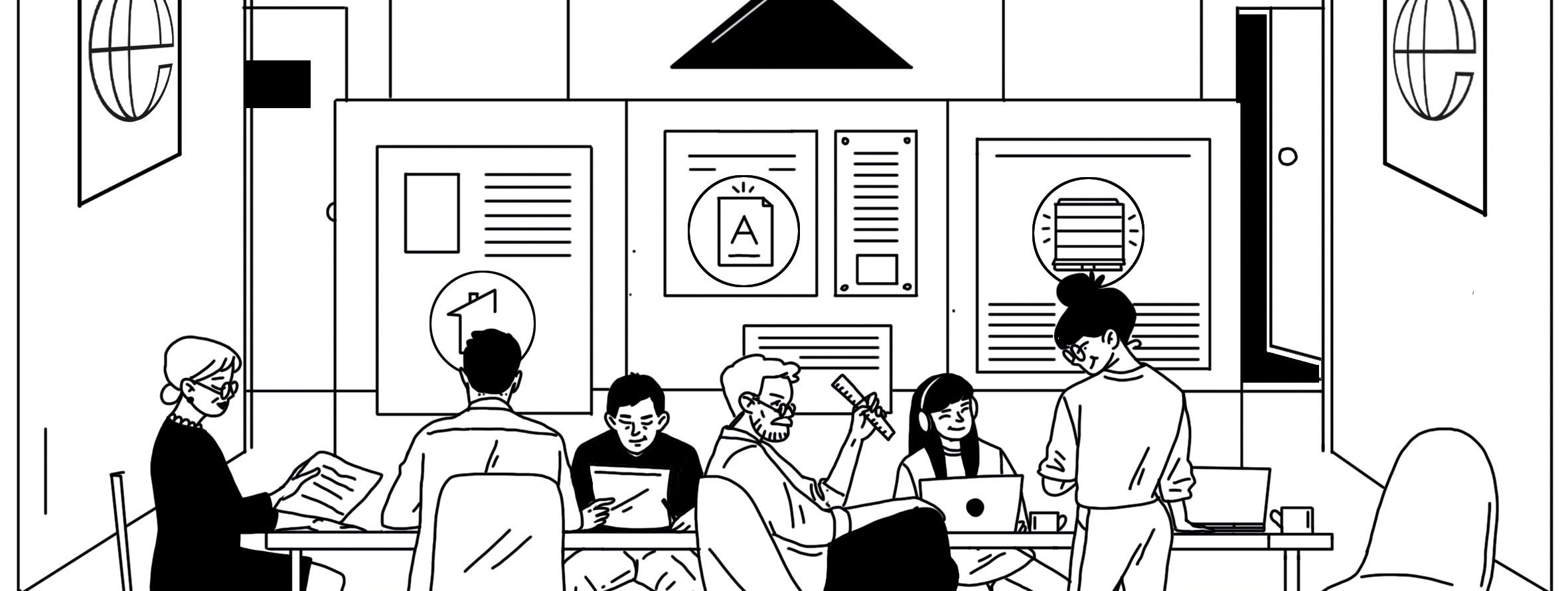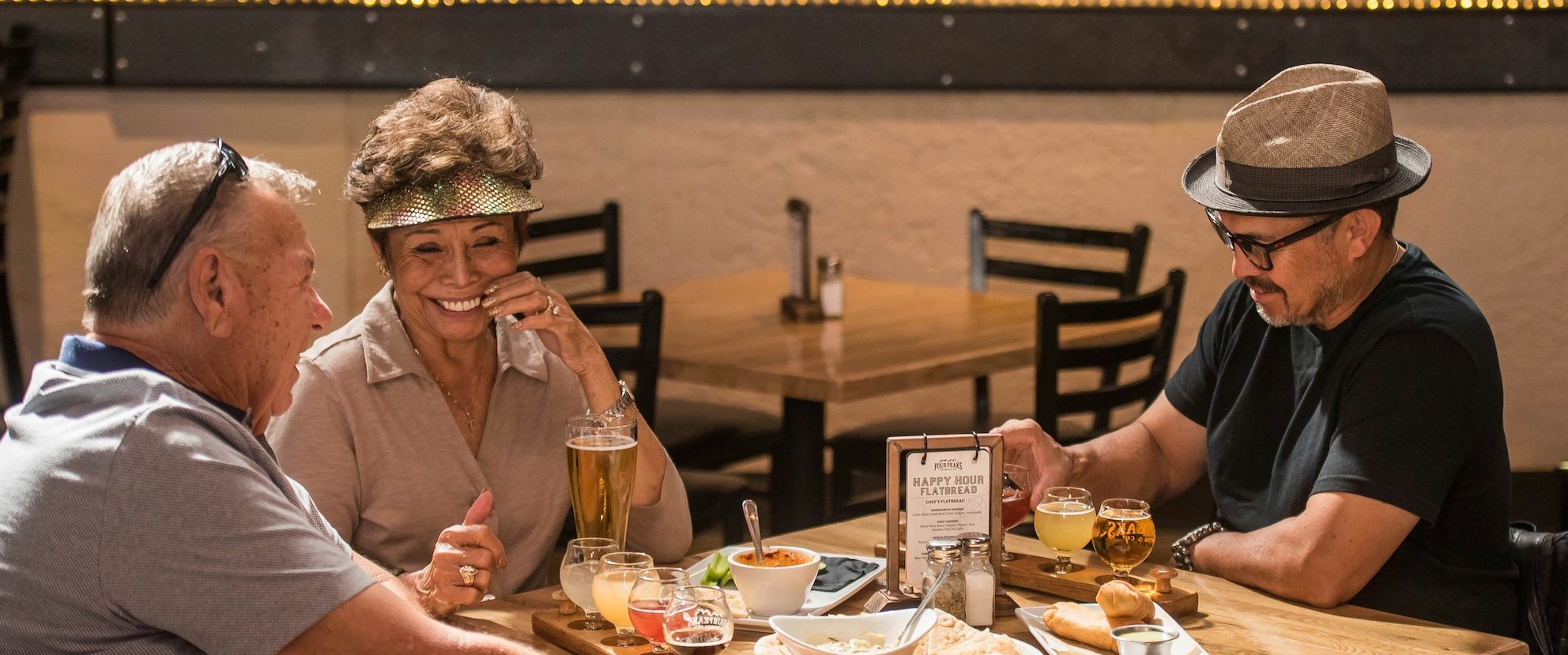Voice® listens to the insights, experiences, and everyday wisdom of real people, working together to inspire innovations that help people to live healthier, live longer, and live happier. We would love you to join us. Find out more here.
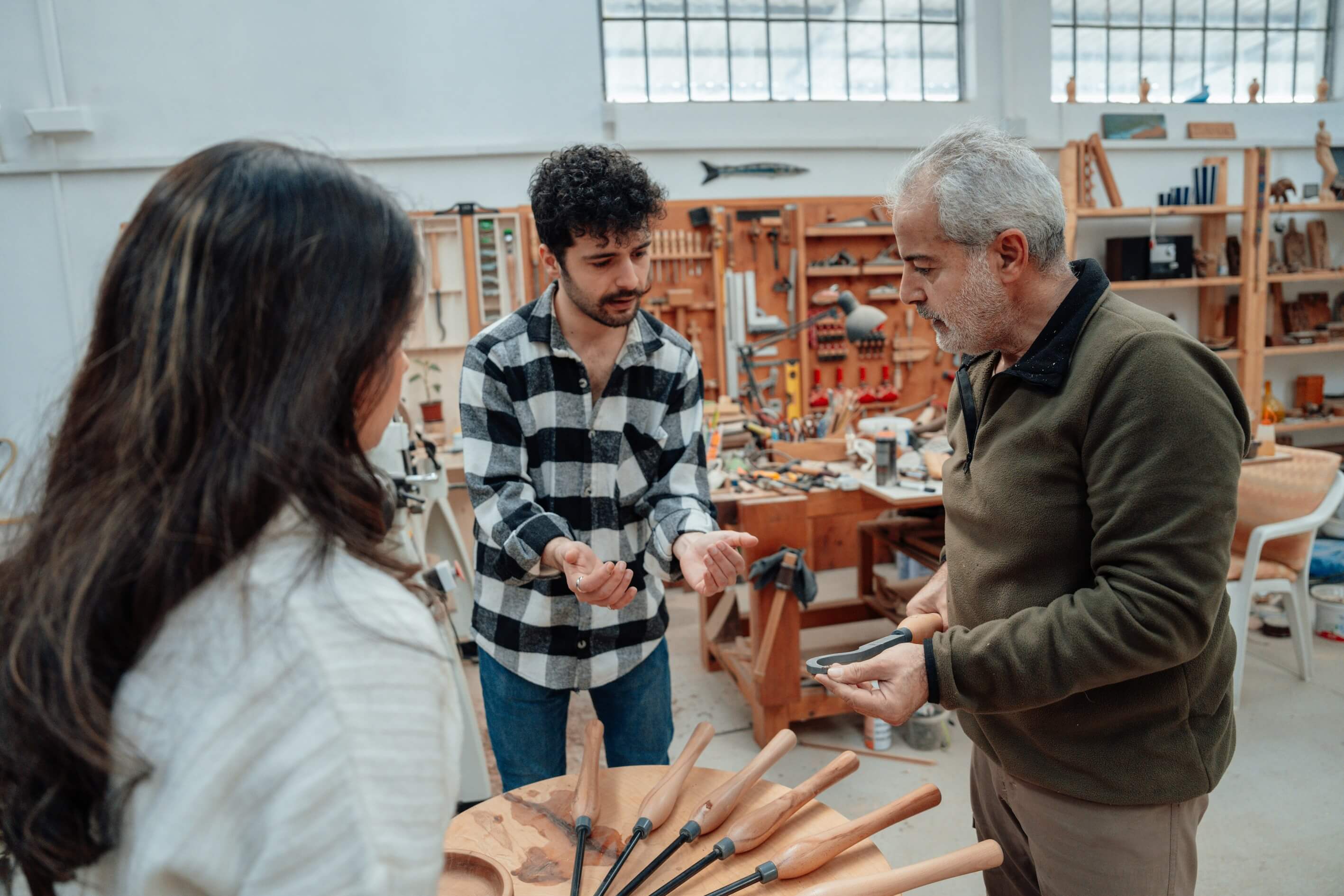
People who take part in creative activities report greater happiness, life satisfaction, and a sense of purpose than those who do not.
Dr. Helen Keyes, a co-author of the research from Anglia Ruskin University, points out that engaging in arts and crafts is not only accessible and affordable but also immensely popular. This makes it an ideal approach for encouraging well-being on a broad scale, without imposing on individuals something they might not enjoy. The study, published in Frontiers in Public Health, reveals that people who take part in creative activities report greater happiness, life satisfaction, and a sense of purpose than those who do not—benefits that persist even when accounting for factors like age, gender, health, and employment status.
These findings echo the insights shared by Sarah, a Voice member who spoke with us about revisiting childhood hobbies. Sarah highlights the deep connection between creativity and well-being, noting that hobbies are more than just sources of enjoyment—they offer real benefits for both mental and physical health. “Anything that brings joy helps counteract the stress that can wear us down,” Sarah reflects. She adds, “Reconnecting with my artistic side ….was about feeling more at ease with myself and embracing a more balanced approach to life and work.”

Voice® member Sarah
Innovation in Longevity: Focusing on Creativity and Community
As we explore ways to promote longevity and improve the quality of life in later years, these insights offer valuable guidance. Longevity innovators could focus on several key avenues:
Integrating Hobbies into Holistic Health Management:
The therapeutic benefits of hobbies, such as crafting, are evident in Isobel’s experience. As she shared with us, “I completely stopped crafting when life took over, and I was working full-time. No chance for hobbies. But during the lockdown, 40 years later, I thought I’d fancy having a go. I just got some wool, picked up the needles, and could still do it. Bloody hell, I thought! The muscle memory was incredible. I started knitting squares for a blanket, rationing myself to 2 or 3 rows a day. I then got Long Covid and couldn’t do any crafting at my worst. But when I could, even a little bit of crocheting brought joy. It was about the process, not the end product.”
Isobel’s story shows that creative activities can play a crucial role in managing chronic conditions and supporting recovery. Isobel found that crafting not only provided a sense of joy but also offered insights into her health, saying, “Crafting seemed to be a measure of how my health was affected… It gave me insights and some sense into how my condition was affecting me.” Innovators could develop programmes that incorporate creative hobbies into healthcare plans, providing patients with enjoyable tools to monitor and enhance their well-being as they navigate chronic conditions.
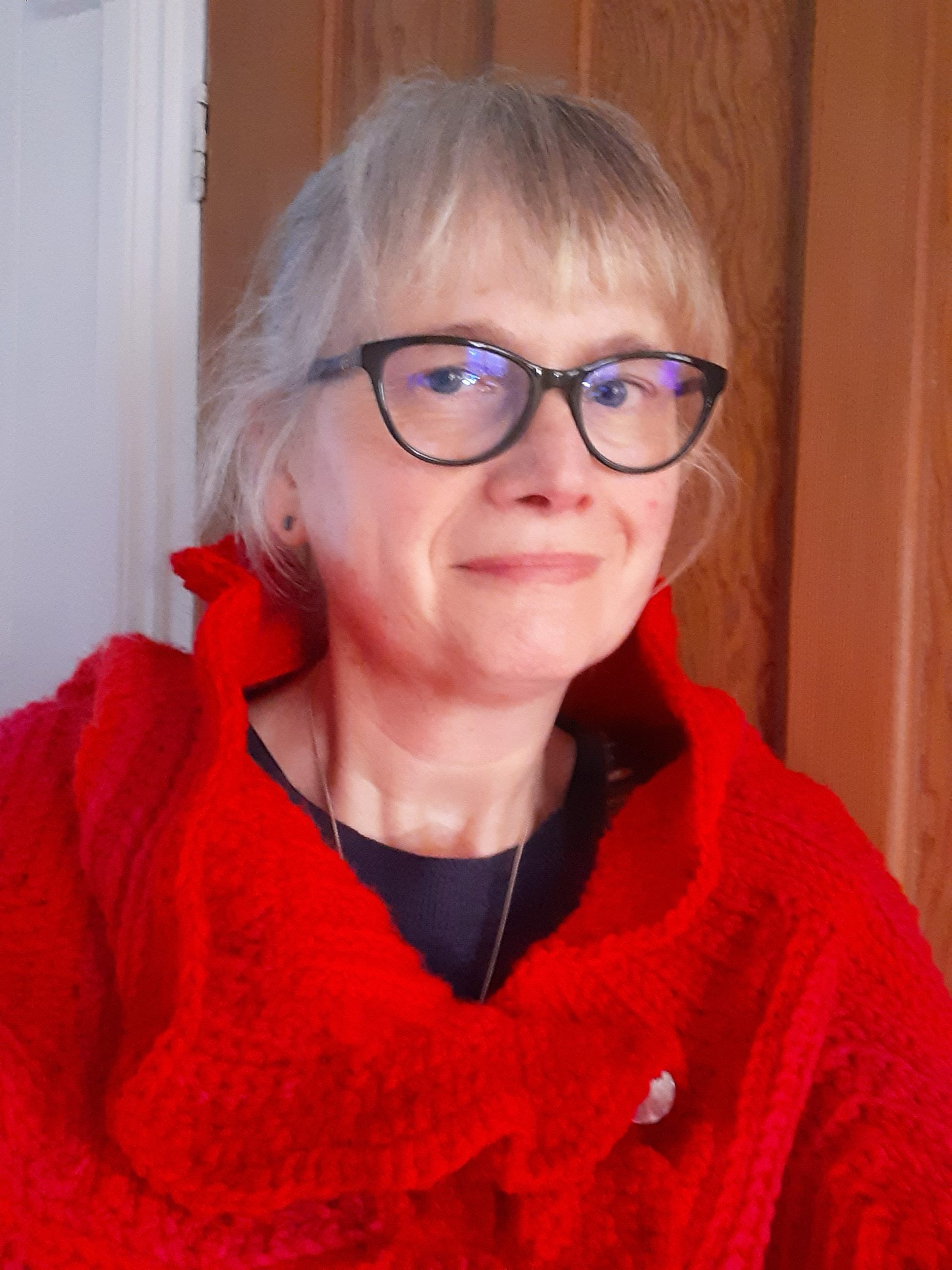
Voice® member Isobel wearing a red crocheted cape which as she says started as a square and almost became a skirt.
Promoting Lifelong Learning and Skill Development:
Encouraging continuous learning and the rediscovery of past passions can help individuals maintain cognitive health and a sense of purpose. Programmes that support people in exploring or revisiting hobbies—whether it’s painting, knitting, or playing sports—can contribute to mental agility and emotional resilience, which are vital as we age.
"The social part of learning something new is important,” Colin, Voice member.
Fostering Community and Social Connections:
Our conversation with Voice® member Colin’s involvement with art and other social activities further shows that it’s not just the activity itself but also the interactions and shared experiences that are meaningful. “The social part of learning something new is important,” he notes. This emphasis on social engagement highlights how our hobbies and interests can enrich our lives in various ways, creating connections and builds a sense of belonging. Longevity innovations should focus on building spaces—both physical and virtual—where people can come together over shared interests.

An example of Colin's art.
Encouraging Reflection and Personal Fulfilment:
We spoke with Voice® member Carol about her journey back to painting later in life highlights how revisiting past passions can offer new insights and fulfilment. She recalls, “With acrylics, I was able to explore real life, still life, portraits—I tried everything. I would often ask myself, ‘I wonder if I could do this?’ and then give it a go. It made me so much more adventurous.” This renewed sense of adventure and exploration reignited Carol’s passion for art, making her eager to experiment and push the boundaries of her creativity.
Carol also reflects on her past, expressing some regret: “I felt very disappointed that I hadn’t found them sooner. If I had realised that this was something I could have done, I could have been painting throughout my life.” By providing opportunities for reflection and encouraging people to engage in activities that bring them joy, innovators can help individuals discover deeper meaning and satisfaction, particularly in their later years.
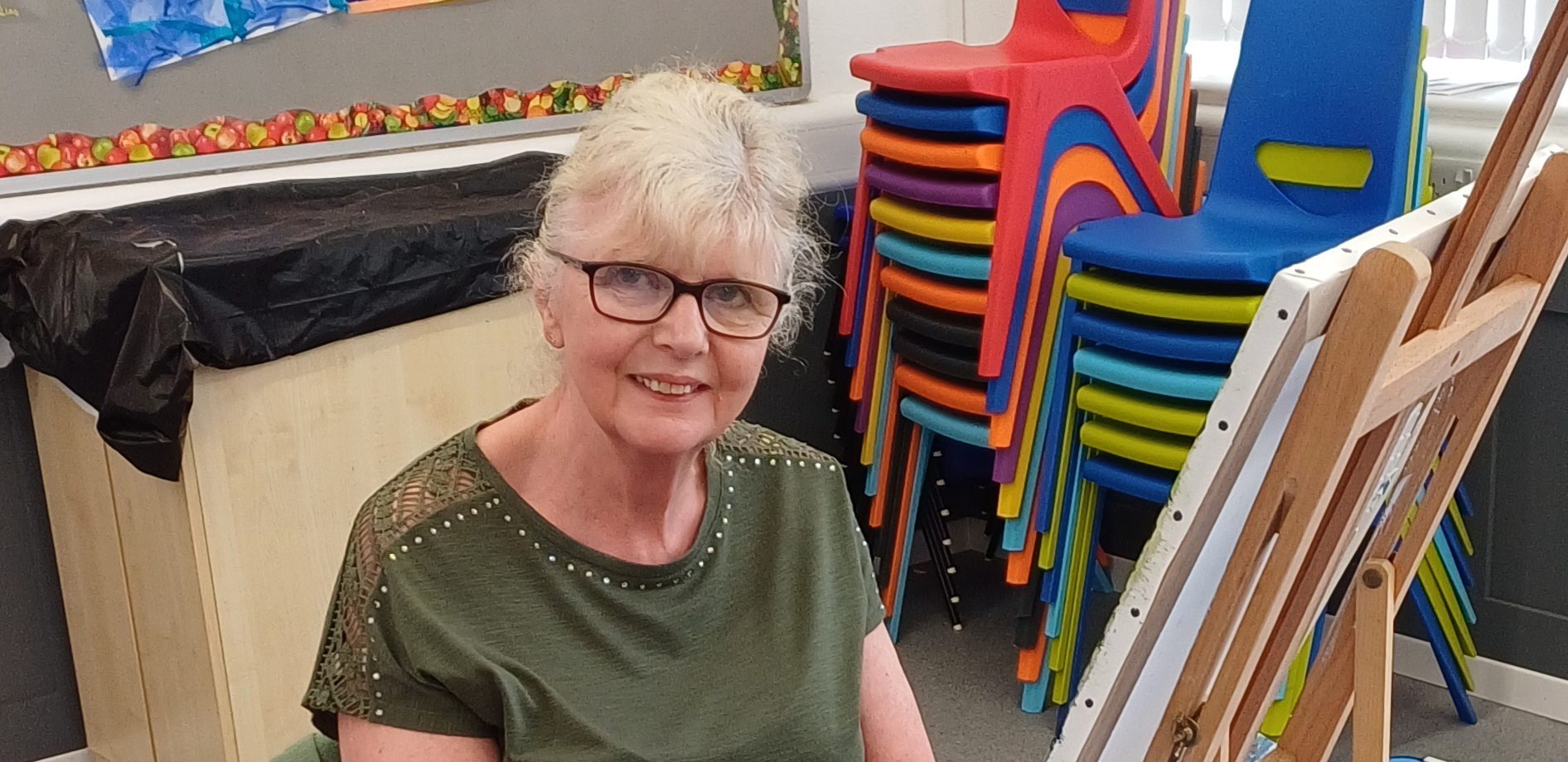
Carol at her easel in one of her art classes.
"I felt very disappointed that I hadn’t found them sooner. If I had realised that this was something I could have done, I could have been painting throughout my life,” Voice® member Carol
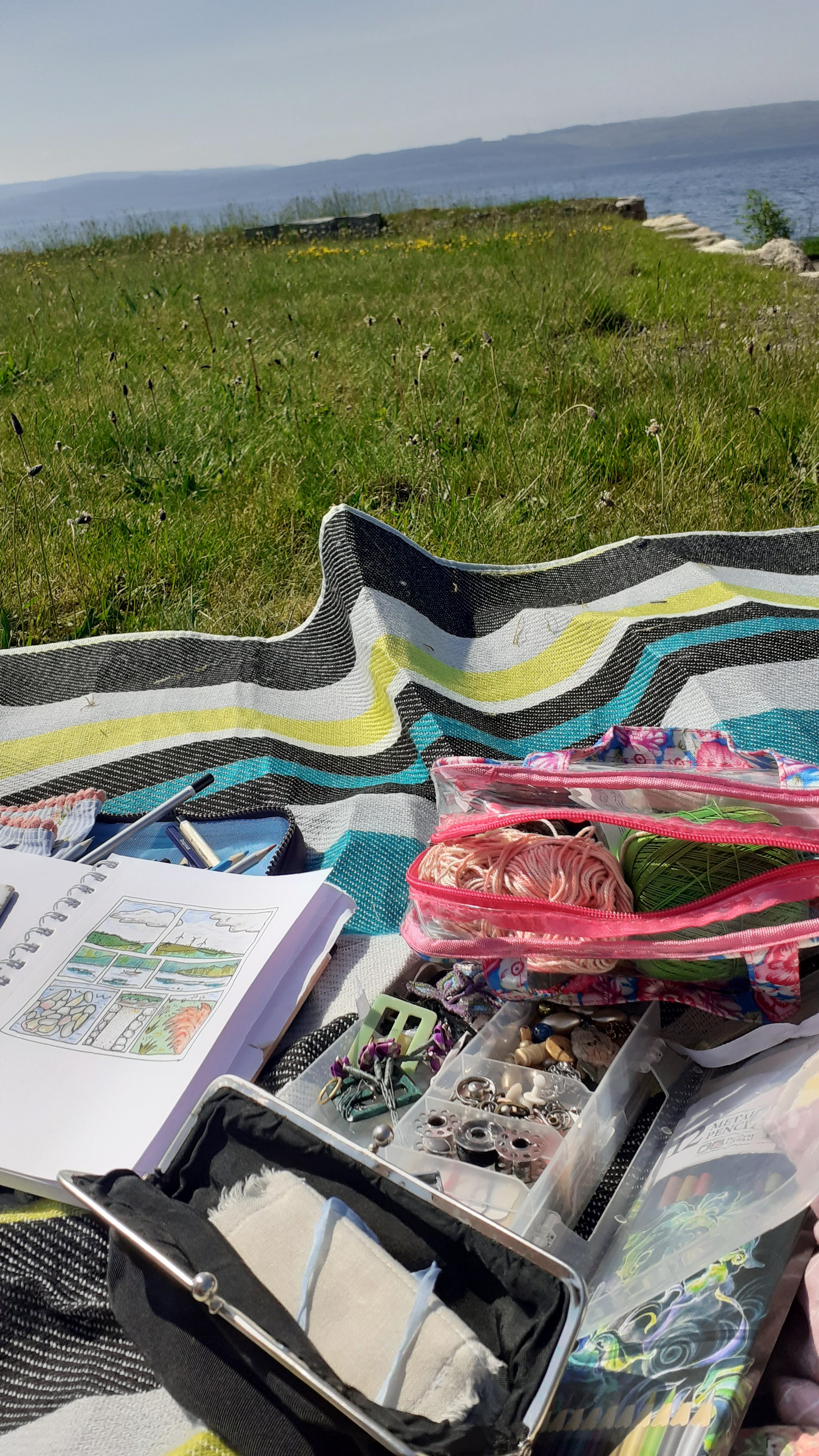
Voice® member Isobel's grab and go bag.
“Even small increases in well-being—like the 2% rise in the feeling that life is worthwhile associated with arts and crafts—can have significant implications when applied on a national scale,” Dr. Keyes.
A Simple, Effective Path to Well-being
The research led by Dr. Keyes shows the potential of creative activities to improve public health at a population level. Even small increases in well-being—like the 2% rise in the feeling that life is worthwhile associated with arts and crafts—can have significant implications when applied on a national scale. For governments and health services, supporting and promoting creative pursuits could be a cost-effective and accessible strategy to enhance the well-being of millions.
As we continue to seek ways to improve longevity and life satisfaction, it’s clear that creativity, community, and continuous learning hold the key. Sarah’s experience and the broader research suggest that by embracing these elements, we can not only extend life but also enrich it, ensuring that our later years are filled with joy, purpose, and connection.
_
Could hobbies be the key to unlocking greater well-being and satisfaction in our later years? Complete our short survey to share your thoughts and experiences on lifelong learning.

 &
& 
